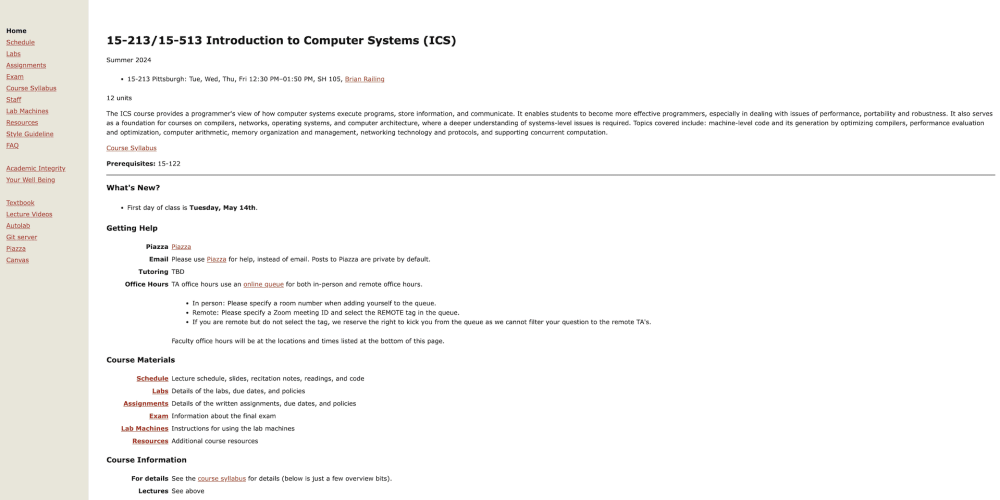Introduction
Cybersecurity has become a critical aspect of our daily lives as technology plays a more prominent role in our world.
As more businesses and organizations rely on technology for their operations, it's imperative to understand the importance of preventing privilege escalation attacks.
Privilege escalation is exploiting a vulnerability or weakness in a system to gain access to higher privileges than the user has been granted.
This article will discuss the various types of privilege escalation attacks and the common vulnerabilities that lead to them.
We will also provide best practices for preventing privilege escalation aimed at cybersecurity professionals and IT administrators.
Types of Privilege Escalation Attacks
There are four main types of privilege escalation attacks: horizontal escalation, vertical escalation, temporary escalation, and permanent escalation.
Horizontal escalation occurs when an attacker gains access to the same privileges as another user on the same system.
This attack is often successful when multiple users share the same privileges on a system, and one user's account is compromised.
Vertical escalation occurs when an attacker gains access to higher privileges than the user they have compromised.
This attack is often successful when an attacker can exploit a vulnerability or weakness in the system to gain administrative or root access.
Temporary escalation occurs when an attacker gains elevated privileges for a limited time, usually by exploiting a vulnerability in a running process. This attack is often used to install malware or gain access to sensitive data.
Permanent escalation occurs when an attacker gains permanent access to elevated privileges on a system. This attack is the most dangerous and is often used to maintain long-term control of a compromised system.
Common Vulnerabilities that lead to Privilege Escalation
Several common vulnerabilities can lead to privilege escalation. These include:
- Unpatched software: Outdated software is a significant vulnerability for any system, and unpatched software is a common target for attackers. Software vulnerabilities are often discovered and fixed by software vendors, and it is essential to keep all software up-to-date to prevent privilege escalation attacks.
- Poorly configured systems: Systems that are not configured properly can be vulnerable to privilege escalation attacks. This includes systems with weak passwords, outdated protocols, or open ports that are not adequately secured.
- Lack of user account management: Poor user account management can lead to privilege escalation attacks. This includes systems that allow users to have excessive privileges or systems that do not enforce proper password policies.
- Insufficient access control: Insufficient access control can lead to privilege escalation attacks by allowing users to access resources they should not have access to. This includes systems that do not have proper role-based access control (RBAC) or systems that have weak authentication mechanisms.
Best Practices for Preventing Privilege Escalation
Preventing privilege escalation attacks requires a proactive approach to cybersecurity. Here are some best practices for preventing privilege escalation:
- Maintaining software patches and updates: Keeping all software up-to-date is critical for preventing privilege escalation attacks. Software vendors often release patches and updates that address vulnerabilities, and installing them as soon as possible is essential.
- Robust access control policies: Strong access control policies, such as role-based access control (RBAC), can help prevent privilege escalation attacks.This involves limiting user privileges to only what they need to perform their job functions and restricting access to sensitive data.
- Implementing the least privilege principle: The least privilege principle states that users should only have the minimum privileges necessary to perform their job functions. This helps to reduce the risk of privilege escalation attacks, as users will not be able to access sensitive data or perform administrative tasks unless they have been specifically granted the necessary privileges.
- Implementing proper logging and monitoring: Proper logging and monitoring can help detect privilege escalation attacks as they occur. This includes keeping track of user activity, monitoring system logs, and implementing intrusion detection systems (IDS) and intrusion prevention systems (IPS).
- Ensuring user account management: Proper user account management is critical for preventing privilege escalation attacks. This includes enforcing strong password policies, regularly reviewing user privileges, and disabling inactive user accounts.
Conclusion
Preventing privilege escalation attacks is essential for maintaining the security of any system.
The best practices discussed in this article, such as maintaining software patches and updates, implementing strong access control policies, and ensuring proper user account management, are crucial for reducing the risk of privilege escalation attacks.
Cybersecurity professionals and IT administrators should be proactive in implementing these best practices to protect their systems from privilege escalation attacks.
In conclusion, staying informed and up-to-date on the latest developments in cybersecurity is important to protect against privilege escalation attacks. By implementing the best practices discussed in this article, organizations can minimize the risk of privilege escalation attacks and protect their systems and data.


















